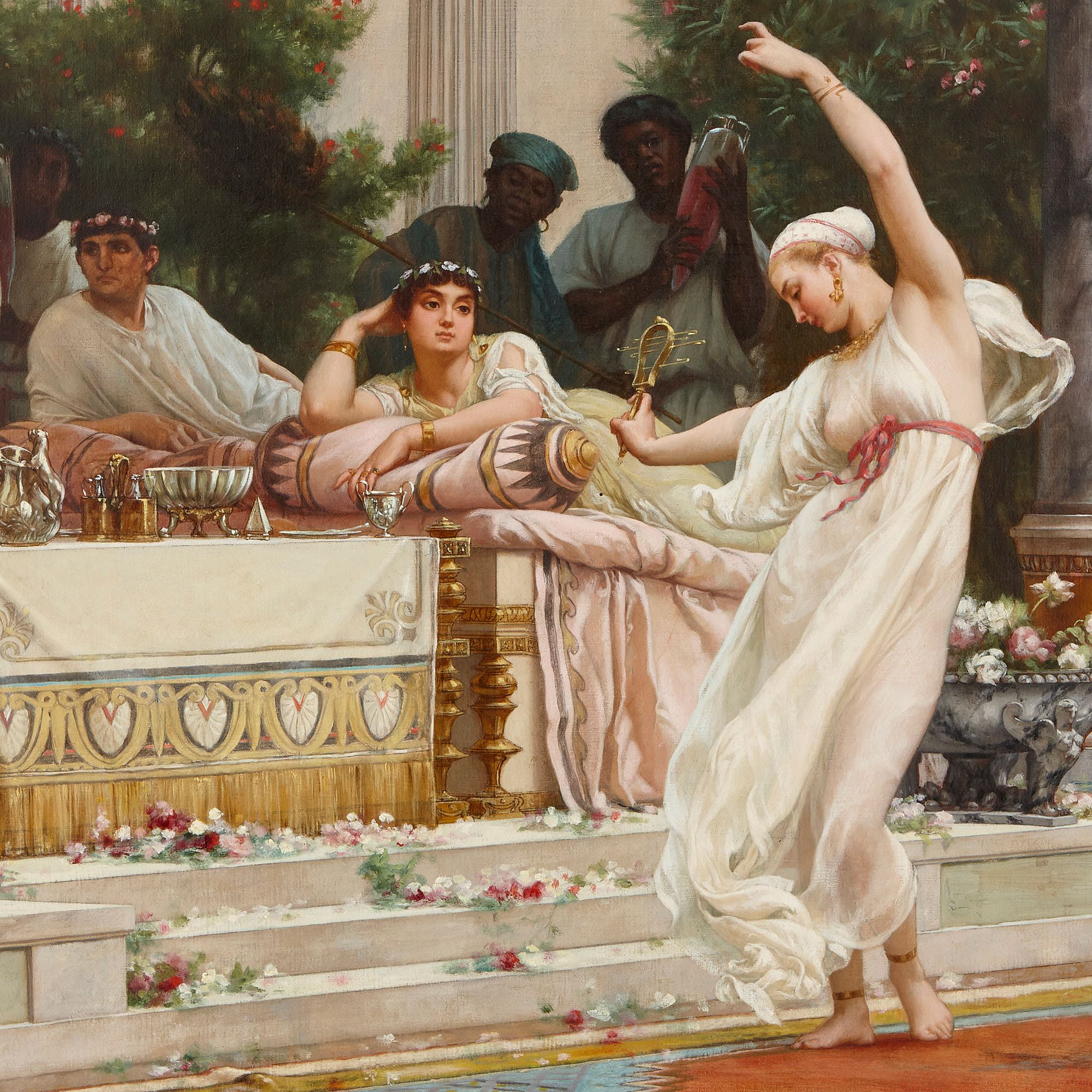collectible graphic
Collectible graphic
In addition to being beautiful, statement pieces in their own right, many of these historic posters were produced in low numbers for a special event or project, making them fantastic collectors items this website. Choose from artists such as Andy Warhol, Roy Lichtenstein, David Hockney, Henri Matisse and Le Corbusier and add flair to any space.
Als u memorabilia en verzamelobjecten wilt kopen, moet u er snel bij zijn. Wat vandaag in de verzamelaarswinkel ligt, kan morgen alweer weg zijn! Twijfelt u over een bepaald object? Schroom niet om contact met ons op te nemen. Stuur hiervoor een e-mail naar . Wilt u liever in onze winkel de collectie bekijken? U vindt ons op de Piet Heinstraat 113. Wij zijn maandag open van 13:00-17:30. Dinsdag t/m vrijdag zijn we geopend van 10:00 tot 17:30 en zaterdag van 11:00 tot 17:30. Tot en met kerstmis zijn wij nu ook op zondag open van 12:00 tot 16:00!
The world of collectibles is constantly evolving, and 2025 is shaping up to be one of the most exciting years yet! From NFT-backed physical items to a vintage renaissance, collectors and investors are witnessing booming trends that are transforming the market. Whether you’re a seasoned collector or a newcomer looking to invest, understanding these trends can help you make informed decisions and capitalize on high-value opportunities.
Classic artwork
The double self-portrait of the Mexican artist Frida Kahlo is one of her most notable paintings and her first large-scale work. The Two Fridas depicts two different versions of Frida sitting side-by-side. Frida claimed the theme of the painting to be more politically engaged as she used her image as a metaphor to explore the varying lines of emotions.
Another of the most famous Renaissance paintings by Leonardo da Vinci, is The Last Supper. The painting depicts the scene of the Last Supper, where Jesus Christ and his disciples are sharing a meal. It is a fresco painting, painted between 1495 and 1498 made using tempera and oil on a painted plaster base.
The world of fine art is filled with iconic, timeless masterpieces that have left a lasting impression on the collective imagination. From Michelangelo’s Sistine Chapel ceiling to Van Gogh’s Starry Night, these works of art have come to symbolise beauty and creativity for generations. These masterpieces also represent the responses and interpretations of individuals to political, religious and social events and stories throughout history, giving us an insight into the human experience.
This tempera panel masterpiece fuses Sandro Botticelli’s linear grace with Renaissance humanism and Neoplatonism. Venus stands center while Zephyr chases Flora, the goddess of spring. Scholars interpret the mythological characters and interactions as an allegory for spiritual coming into being, with Venus’s raised hand suggesting the triumph of higher love. Completed for the Medici family, who sponsored Florentine artists, it reflects the cultural vibrancy of Lorenzo de’ Medici’s court circa the late 15th century.
The Avenue In The Rain is a highly popular painting in the world and came into being at the height of Hassam’s popularity. Childe Hassam enjoyed constant prominence as one of the top ten American painters who were influenced by French art.
Number 86 on the list of the most famous paintings of all time is The Ninth Wave by Ivan Aivazovsky. This painting is the perfect example of a storm both in terms of the weather depiction and emotions. It is believed that the ninth shaft is the strongest of the waves, and nothing can withstand its power.

Cinematic artwork
You will receive an email (you may need to check your spam folder) with an online link to a beautifully edited eBook,as well as a pdf file for your personal download.This eBook is a preview book containing 40 paintings and detailed descriptions of the artwork.
Cinematic framing allows painters to craft compositions that draw the viewer into the scene, creating a sense of movement and anticipation. Techniques borrowed from film, such as dramatic lighting and color palettes, help to set the mood and tone, enhancing the emotional impact of the artwork. Narrative storytelling, through the use of sequential art and symbolism, provides a depth of meaning that encourages viewers to delve beyond the surface and engage with the artwork on a deeper level.
The Pre-Raphaelite painter John Everett Millais had already depicted a similar scene in his work “Ophelia” (1851-1852). Ophelia, an iconic character from Shakespeare’s tragedy “Hamlet,” peacefully floats on the water, giving rise to a moment that is both gentle and mortuary. Surrounded by lilies, Justine (like Ophelia) already appears distant—has she already departed this world?
Additionally, we will examine notable artists who have successfully integrated cinematic elements into their paintings, including Edward Hopper and David Hockney, as well as contemporary artists who continue this tradition. By analyzing their works, we can see firsthand how film has shaped their artistic approach and enriched their visual storytelling.
Vugar Efendi’s supercut published in three parts, titled “Film Meets Art,” lists almost fifty instances of paintings reflected in filmography. Efendi’s archive hosts some well-known examples, such as Akira Kurosawa’s 1990 Dreams which reflected the pathos of Vincent van Gogh’s 1890 Wheatfield With Crows not just through cinematic solstice but also through metaphor. An unrecognizable Scorsese plays Van Gogh in Dreams, who, interspersed in a cinematic environment aided by Chopin, represents the pathos of the human condition, with Wheatfield With Crows posing as the setting as well as the story.
